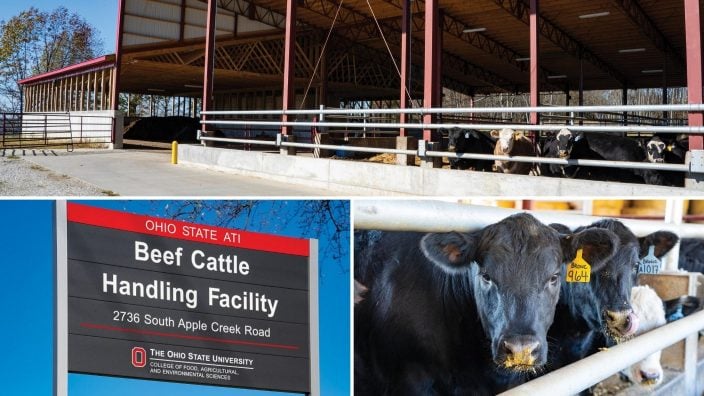Farmer’s Guide to Trucking Regulations available to Ohio Farm Bureau members
The guide includes a farm driver checklist, overview of state and federal regulations and exemptions, CDL qualifications and more.
Read More
Students at Ohio State’s CFAES Wooster campus enrolled in the “Intro to Beef Production” course this fall semester were the very first to work in the school’s latest addition to their cattle facilities.
Back in 2012, the Ohio State University College of Food, Agricultural, and Environmental Sciences’ Wooster Campus made local headlines as the newly installed handling facility, designed by the world-renowned animal behaviorist Temple Grandin, PhD, was dedicated. This handling system was a major asset to the college’s beef and livestock program students.
The state-of-the-art working area is complete with a dual hydraulic squeeze chute system, breeding box and sorting pens made with Grandin’s curved chute design for humane and consistent cattle movement. This system is similar to other types Ohio State ATI students can expect to encounter with different cattle careers all over the country.
“I think the new facility has a very good setup in terms of low-stress management on the animals and having easier access to move them,” said ATI freshman Cheyenne Heffner. “Although I’ve never had to use the old beef facility but once, I think this is a great improvement for the beef students and staff.”
To further enhance this layout, a new monoslope-style building, among the latest innovations in cattle feedlot design, was made operational in late spring 2020. This facility sits alongside the handling system, allowing students to safely and humanely move animals through as they are brought up from the pasture, worked on and sorted into the barn.
The building is designed for both maximum animal welfare and practicality, allowing students even more of the hands-on, real-world style of education ATI is known for. This also opens up more opportunities for advanced research trials to be conducted involving cattle feeding, something the old facilities weren’t quite equipped to do.
“This will also allow us to do a lot more with classes as far as feedlot-related topics,” said Michael Amstutz, PhD, professor and coordinator of ATI’s livestock programs. “We’ve recently taken some of the steers and heifers in the feedlot and implanted them so the students can do a little trial and see the effect of implanted and nonimplanted animals.”
Students also gain experience with more diverse management practices and get an opportunity to practice real-life skills they will need to be employed in the beef industry working in similar facilities.
The monoslope building is made for Ohio’s weather conditions. Before the facility was built, CFAES looked at multiple similar facilities around the state being used as feedlot barns or housing for high-risk calves before sale. The concrete base and sloped roof protect against the hazardous Midwestern elements and muck buildup.
“The cattle have been doing exceptionally well, and I think that’s attributed to ventilation and environment,” Amstutz said. “The design of the barn is such that it maximizes summer ventilation and also allows winter sunlight to penetrate further into the facility to help warm the environment.”
Cattle were first moved in May 18, 2020. The barn is designed with enough room to house the entire herd for part of the year, either 100 cow and calf pairs or 100 head of feedlot cattle. In the winter, the staff plans to shift usage from a feedlot to housing mother cows and calves. This will save wear and tear on the pasture during the harsher weather conditions and allow for more optimal forage and pasture management. After the spring calving season, weaned animals will be moved in as a feedlot setup.
Additional accommodations for students include a shower and locker area, a built-in foot wash station and a heated, indoor washroom. This area will be used to prep show calves for events such as the Ohio Beef Expo where ATI’s purebred Angus and Murray Gray cattle compete annually.
Another exciting future opportunity is a collaboration with researchers also on the CFAES Wooster campus. There is discussion to invest in the GrowSafe feeding systems, which are specialized feeders that use advanced technology to monitor feed intake for research and data collection. Amstutz said this would allow researchers to monitor performance on an individual cattle basis instead of per pen.
This recent update reflects CFAES’ ongoing commitment to invest in their students and programming.
Besides providing students with a safe and comfortable environment to study, they are also learning skills applicable to what they can expect to encounter with their future agricultural careers.
Photos by Dave Gore
Photos submitted by Ohio State University


The guide includes a farm driver checklist, overview of state and federal regulations and exemptions, CDL qualifications and more.
Read More

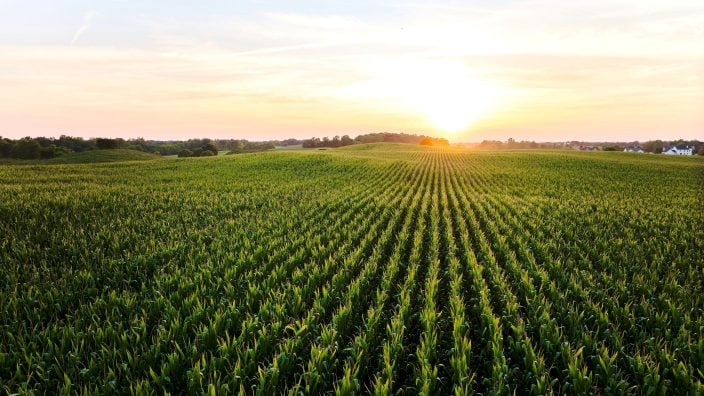
The emergency fuel waiver to allow the sale of summer gasoline blends containing 15% ethanol will lengthen the period during which Americans can continue buying E15 from June 1 to Sept. 15.
Read More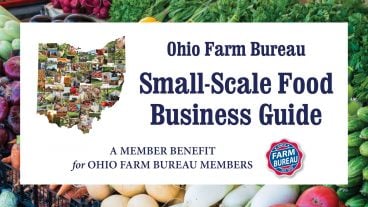
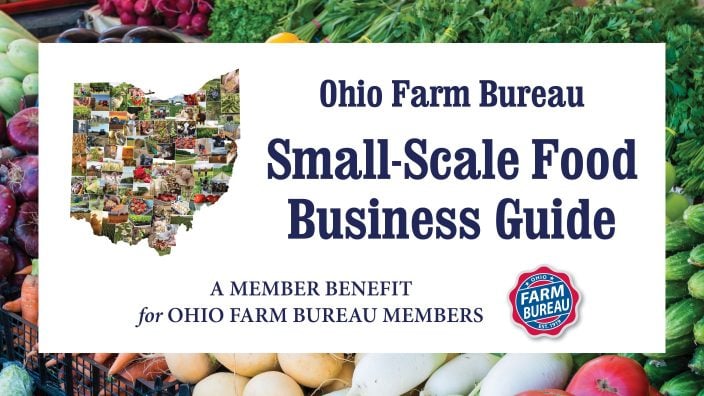
The Small-Scale Food Business Guide covers federal and state regulations for selling food products such as raw meat, dairy, eggs, baked goods, cottage foods, fruits and vegetables, honey and more.
Read More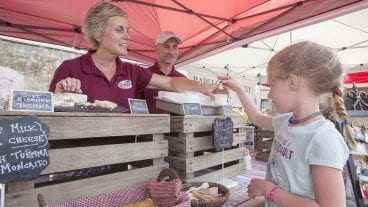
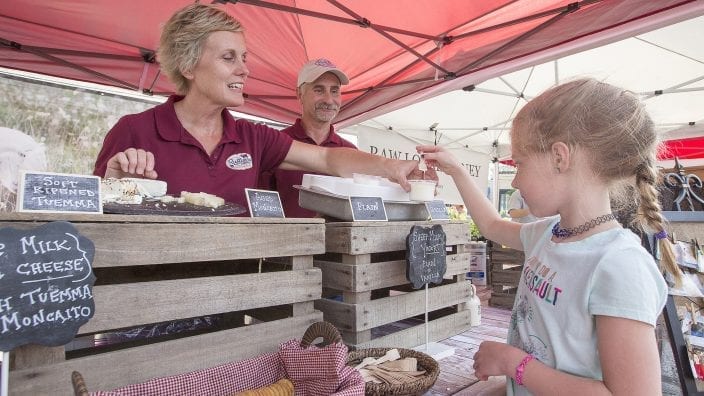
New resources and technology are broadening the different types of sales tools and strategies available to farmers.
Read More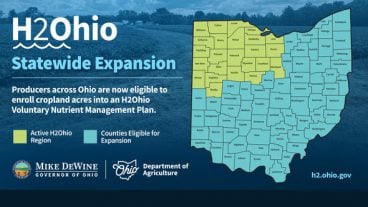

ODA will enroll 500,000 acres into the program for a two-week sign-up period, beginning April 22, 2024, through May 6, 2024. Contact local SWCD offices to apply.
Read More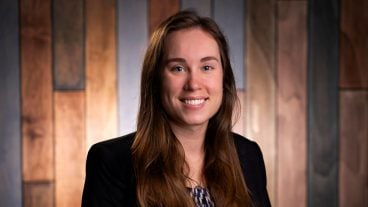
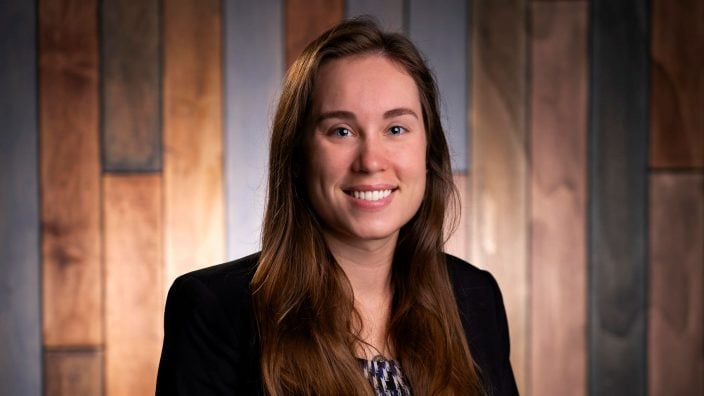
Katie Share of Columbus has been named ExploreAg and Youth Development Specialist for Ohio Farm Bureau.
Read More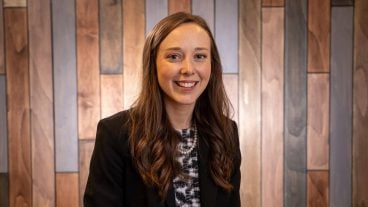
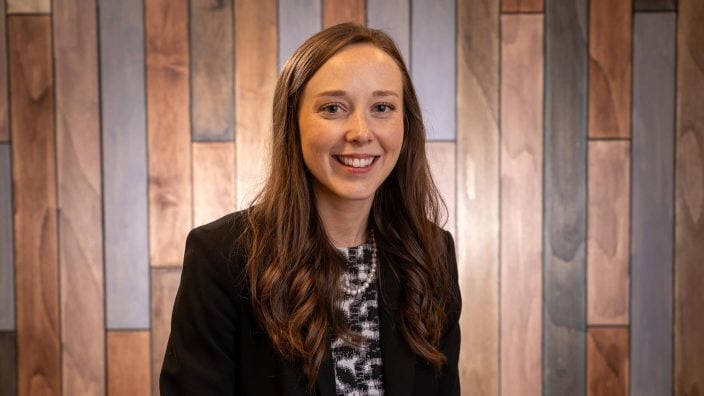
Mary Klopfenstein of Delphos has been named Young Ag Professional and Ag Literacy Program Specialist for Ohio Farm Bureau.
Read More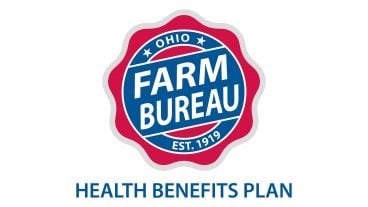
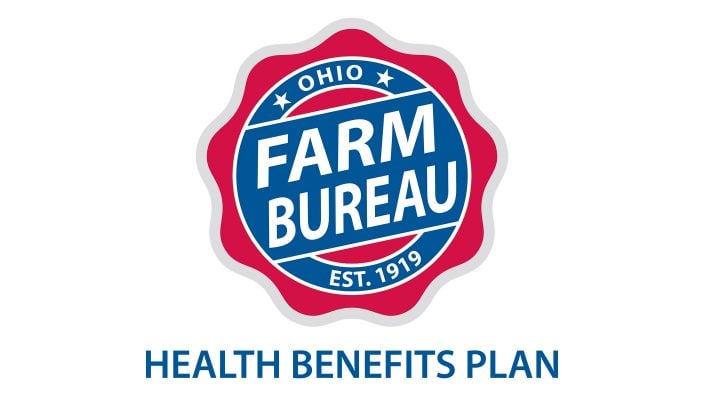
The plan has been updated to give sole proprietors access to more rate stability and a smart solution that offers potential savings on health care.
Read More
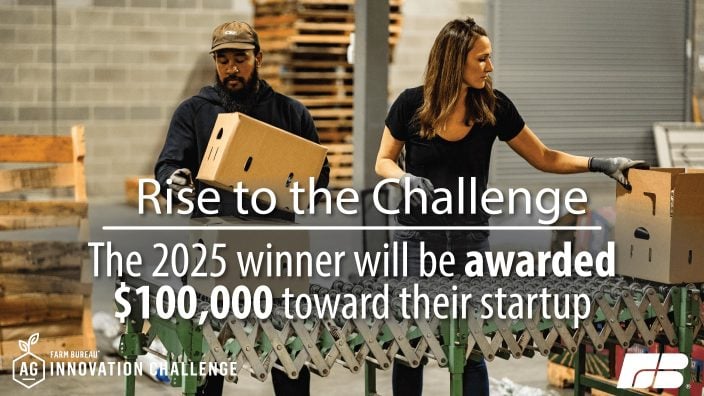
The American Farm Bureau Federation, in partnership with Farm Credit, is seeking entrepreneurs to apply online by June 15 for the 2025 Farm Bureau Ag Innovation Challenge.
Read More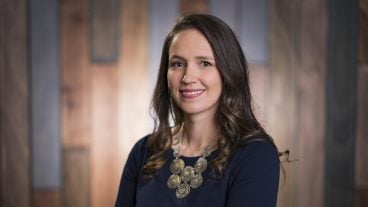
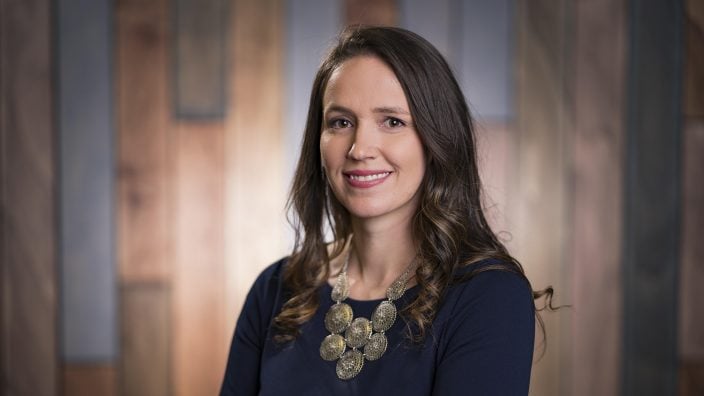
Adele Flynn of Wellington has been elected treasurer of the Ohio Farm Bureau Federation and now holds the third highest elected office in Ohio’s largest and most influential farm organization.
Read More